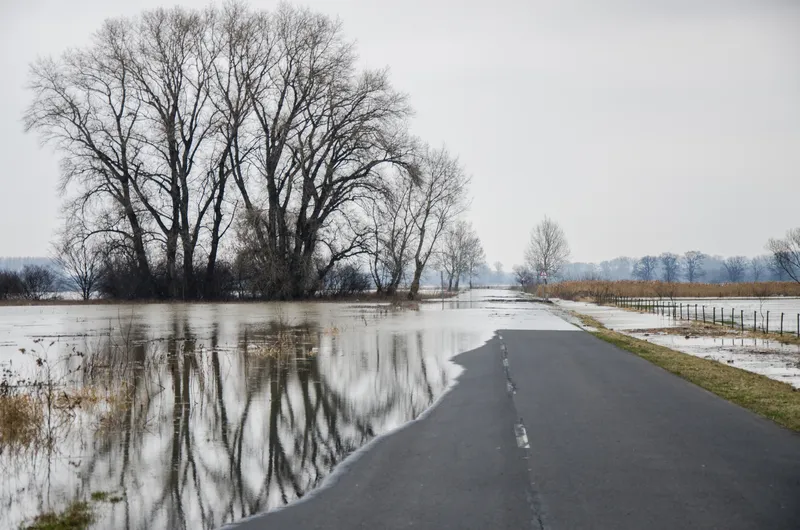6478 Lufft’s latest VentuS-X ultrasonic wind sensor has an enhanced 240Watt heater for use in extreme conditions and exposed locations. The maintenance-free sensor is suitable for professional meteorological applications in all climate zones, including in traffic management systems, airports, ports, in avalanche and flood warning systems or as a component in other hydro-meteorological monitoring networks.
The Ventus-X measures air density, wind speed and direction, virtual temperature and air pressure and delivers the data in real time. Wind measurement is based on ultrasonic technology - using a time-difference method to determine wind speed and wind direction and it records minimum and maximum values and reports them in both scalar and vector form.










